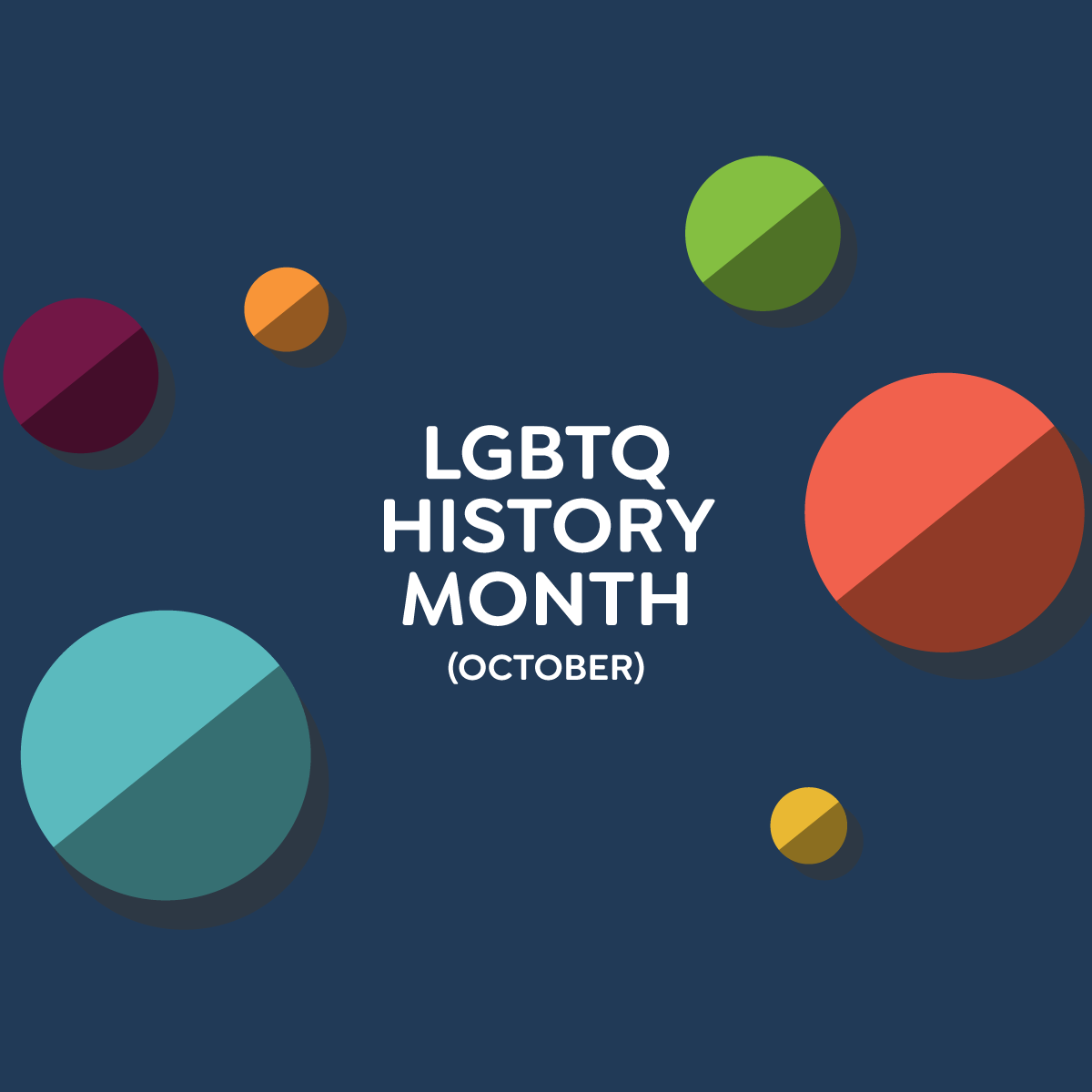We can only truly understand the present when we understand our past. These books honoring LGBTQ+ history month, some of which our youngest readers will not yet be ready for, offer unique opportunities to engage students in meaningful discussions and projects Use them to foster inclusion, empathy, and understanding in the classroom as we look to the future alongside our students!
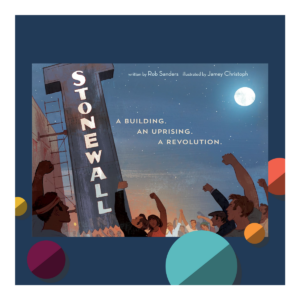 Stonewall: A Building. An Uprising. A Revolution. by Rob Sanders
Stonewall: A Building. An Uprising. A Revolution. by Rob Sanders
This book vividly recounts the Stonewall Riots of 1969, a pivotal event in LGBTQ+ history that marked the beginning of the modern LGBTQ+ rights movement. It highlights the bravery of those who fought for their rights at the Stonewall Inn in New York City while providing a historical context for the LGBTQ+ rights movement.
Ideas for Your Learners: Use this book to explore the impact of the Stonewall Riots. Have students work collaboratively to research and present significant LGBTQ+ events through an annotated timeline.
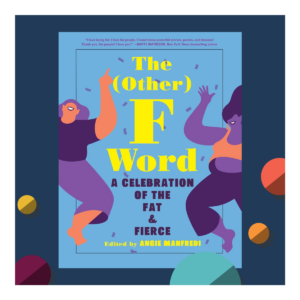 The (Other) F Word: A Celebration of the LGBTQ+ Community by Jason June
The (Other) F Word: A Celebration of the LGBTQ+ Community by Jason June
As the title hints, this book is for older readers. The (Other) F Word: A Celebration of the LGBTQ+ Community book offers a vibrant and engaging exploration of queer culture and history, celebrating the diverse contributions of individuals from this community throughout history. Colorful illustrations and accessible text introduce LGBTQ+ history in an engaging and age-appropriate way, promoting inclusivity and understanding.
Ideas for Your Learners: Create a class mural or coffee table book celebrating diversity, inspired by the book’s vibrant illustrations. Students can add their own contributions and reflections on LGBTQ+ history.
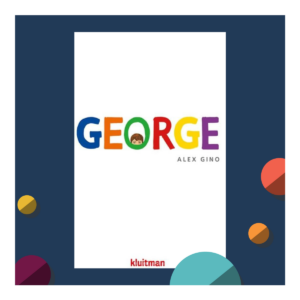 George by Alex Gino
George by Alex Gino
This novel tells the story of George, a young transgender girl who faces challenges at school and at home but finds strength and support through her true identity. It focuses on themes of acceptance and self-discovery. It offers an insightful portrayal of the experiences of transgender youth, fostering empathy and understanding among students.
Ideas for Your Learners: Discuss the importance of using correct names and pronouns. Students can write letters to George offering support and understanding, which can be shared in a class discussion.
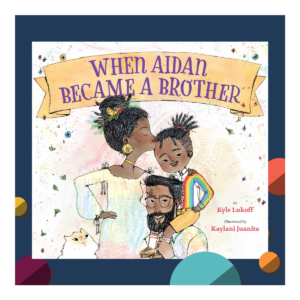 When Aiden Became a Brother by Kyle Lukoff
When Aiden Became a Brother by Kyle Lukoff
This book tells the story of Aiden, a transgender boy, as he prepares to welcome a new sibling into his family. When Aiden Became a Brother explores themes of family, identity, and acceptance. It highlights the experiences of transgender children and the importance of family support.
Ideas for Your Learners: Use Aiden’s story as a jumping-off point for discussions about inclusion, respect, and support. Encourage students to create family trees that reflect their own families and discuss how different family structures and experiences shape our identities. If students are uncomfortable making their own family tree, they can select a historical figure, a fictional character, or anyone else whose heritage and experience they can track.
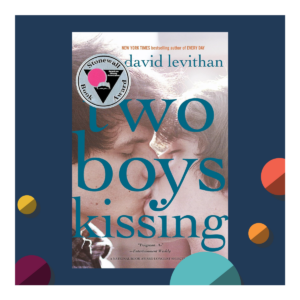 Two Boys Kissing by David Levithan
Two Boys Kissing by David Levithan
This novel, written in a unique narrative style, follows the lives of two teenage boys as they participate in a record-breaking kissing event while exploring themes of love, identity, and community. It reflects on LGBTQ+ history and contemporary issues and uses a narrative structure to outline how the evolution of queer rights. Two Boys Kissing addresses important themes in a way best suited for slightly older readers.
Ideas for Your Learners: Host a discussion on how LGBTQ+ rights have evolved over time. Students can research and present on different LGBTQ+ milestones and how they’ve impacted society, and what they believe the future holds.
Incorporating these books into your classroom will not only celebrate LGBTQ+ history but also help students build a more inclusive and empathetic understanding of diverse identities and experiences. Use these and other stories, like this list of recommendations for Celebrating Pride Month, to begin and support discussions, inspire creativity and action, and lead to students’ understanding of themselves and others.


